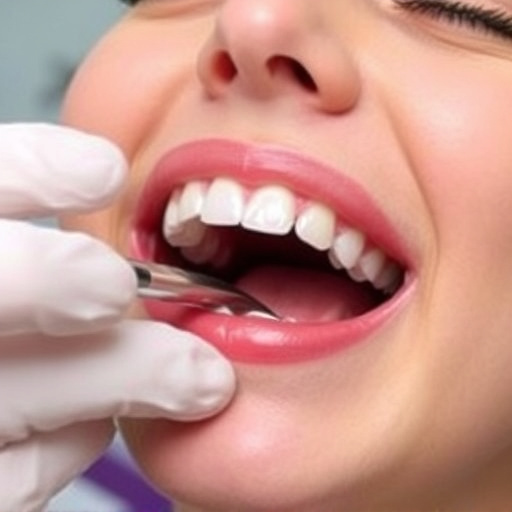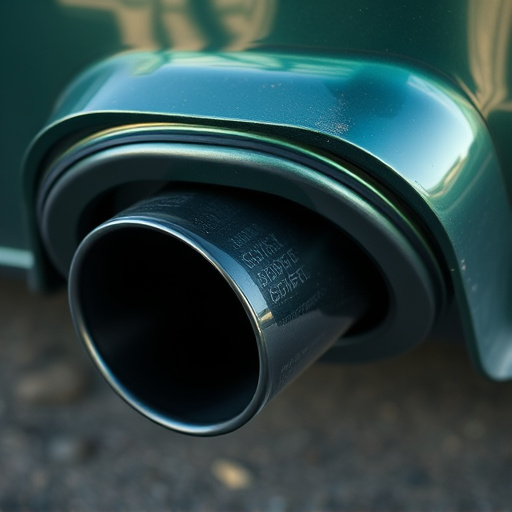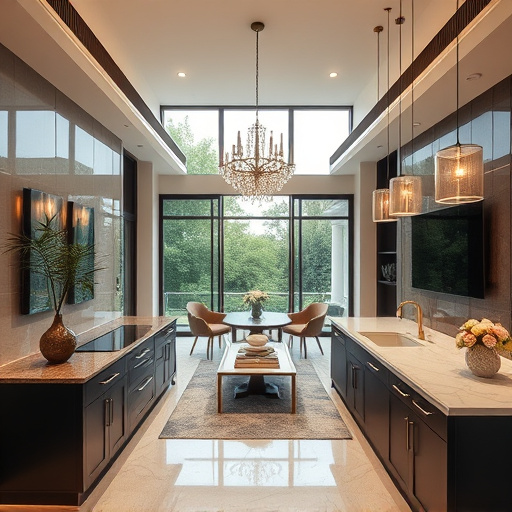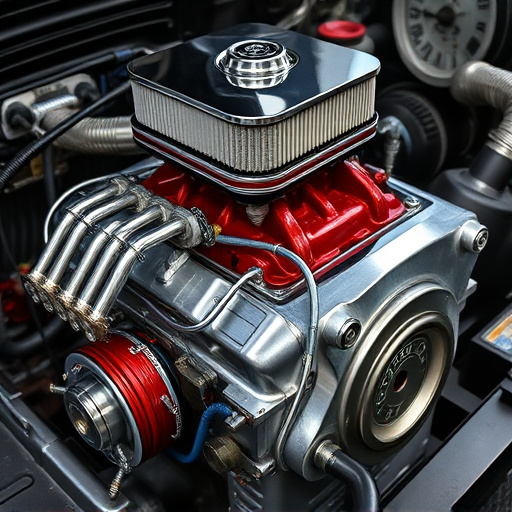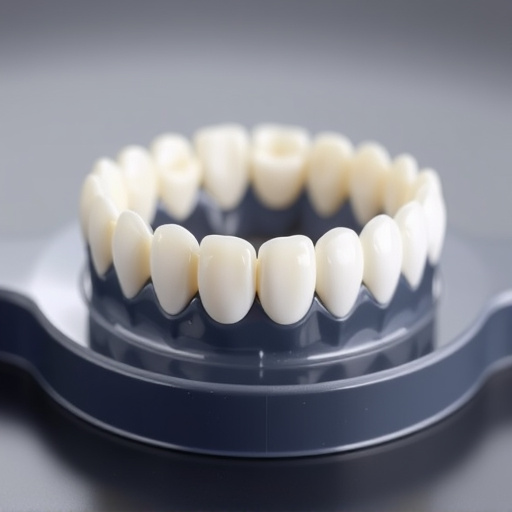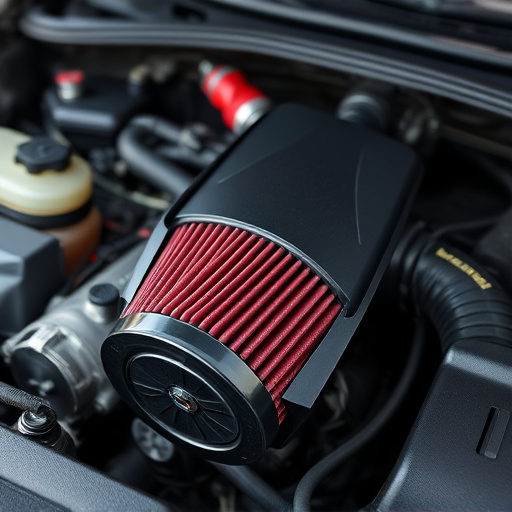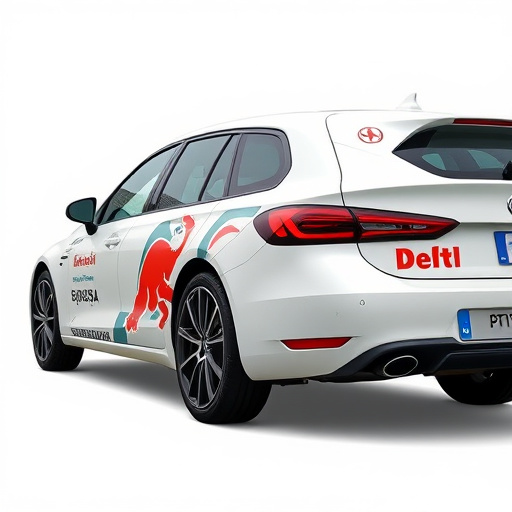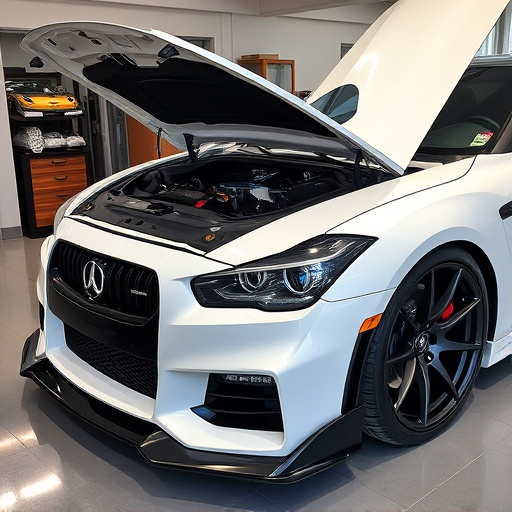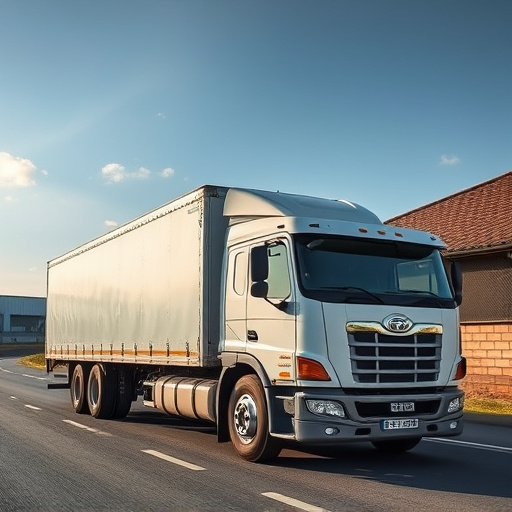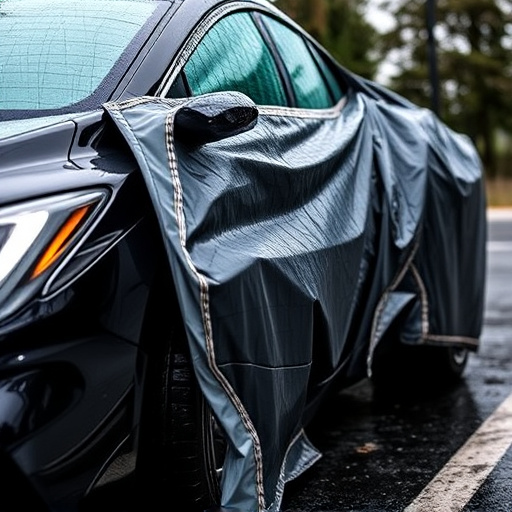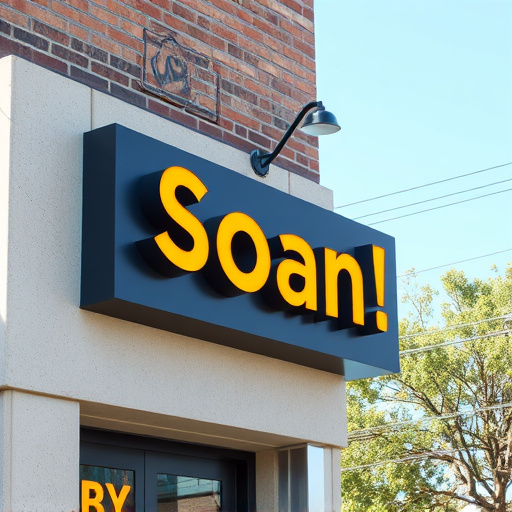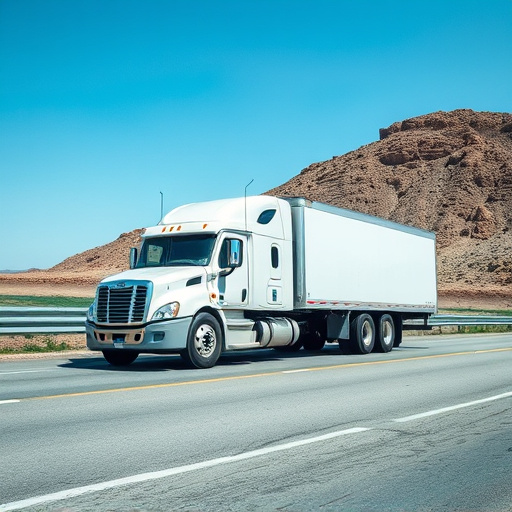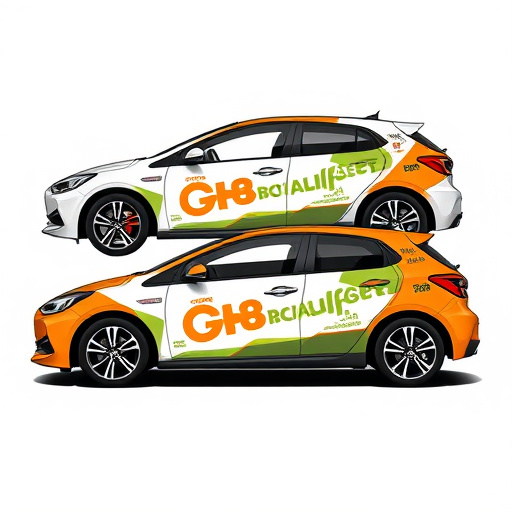A standout car graphic design is a harmonious blend of concept, aesthetics, and detail. It starts with a strong concept aligned with the vehicle's character and target audience, guiding color choices, layout, and imagery. High-quality finishes like UV protection coatings and intricate cutouts elevate the design. Combining eye-catching visuals with strategic messaging transforms cars into moving artworks that leave lasting impressions. Incorporating modern trends while maintaining brand identity ensures a contemporary look. Using color theory and visual hierarchy captivates viewers, with vibrant hues evoking emotions and muted tones offering sophistication. Protective coatings add durability. Motion and 3D effects animate static vehicles, highlighting their sleek lines and creating powerful contrasts between digital graphics and physical features, resulting in innovative designs that combine aesthetic appeal with technical excellence.
In the competitive world of automotive marketing, a truly standout car graphic design is essential to capture attention and leave a lasting impression. This article delves into the key elements that elevate car graphics from ordinary to exceptional. We explore the fundamentals, starting with understanding visual hierarchy and color theory for maximum impact. Additionally, we discuss how incorporating motion and 3D effects can bring designs to life, ensuring your car graphics captivate audiences.
- Understanding the Core Elements of Effective Car Graphic Design
- Leveraging Color Theory and Visual Hierarchy for Impact
- Incorporating Motion and 3D Effects to Capture Attention
Understanding the Core Elements of Effective Car Graphic Design
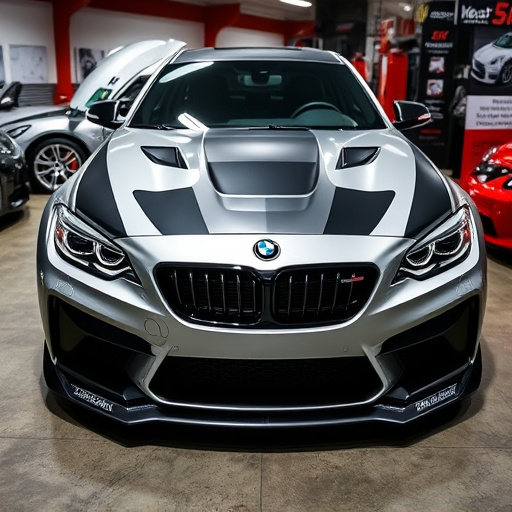
A truly standout car graphic design is a harmonious blend of several core elements that capture attention and convey brand essence. Firstly, it begins with a strong concept that aligns with the vehicle’s character and target audience. This conceptual framework guides the entire design process, from color choices to layout and imagery. A well-designed car wrap, for instance, should not only showcase vibrant colors and bold patterns but also reflect the car’s performance or luxury attributes.
Essential to this equation are high-quality finishes and meticulous attention to detail. Whether it’s a sleek UV protection coating on a vinyl wrap or intricate cutouts, these finishing touches elevate the design from good to great. By combining eye-catching aesthetics with strategic messaging, car graphic designers can transform ordinary vehicles into moving works of art that turn heads and leave lasting impressions. Additionally, incorporating modern design trends while staying true to the brand’s identity ensures a contemporary look that resonates with current audiences.
Leveraging Color Theory and Visual Hierarchy for Impact
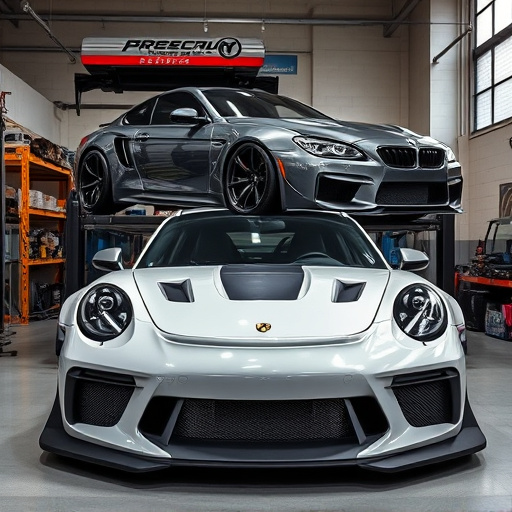
In the realm of car graphic design, leveraging color theory and visual hierarchy is paramount to creating a truly eye-catching and impactful vehicle wrap or advertisement. The strategic use of colors can evoke emotions, draw attention, and enhance brand recognition. For instance, vibrant hues can convey energy and excitement, while muted tones offer a subtle yet sophisticated appeal. Custom vehicle wraps that harness this theory effectively can instantly transform an ordinary car into a rolling billboard, making it stand out amidst the hustle and bustle of traffic.
Visual hierarchy, on the other hand, guides the viewer’s eye to the most important elements first. This is achieved through size, contrast, and placement. By arranging design components in a way that leads the observer’s gaze naturally, graphic designers can ensure that critical messages or logos are emphasized. For example, using a larger font size for the main tagline and bolder colors for key graphics will make them more noticeable. This principle is especially crucial when designing car graphics, as it helps to convey information quickly and effectively, even at high speeds. Protective coatings and scratch protection can further enhance these designs by adding durability and preserving the visual appeal over time.
Incorporating Motion and 3D Effects to Capture Attention
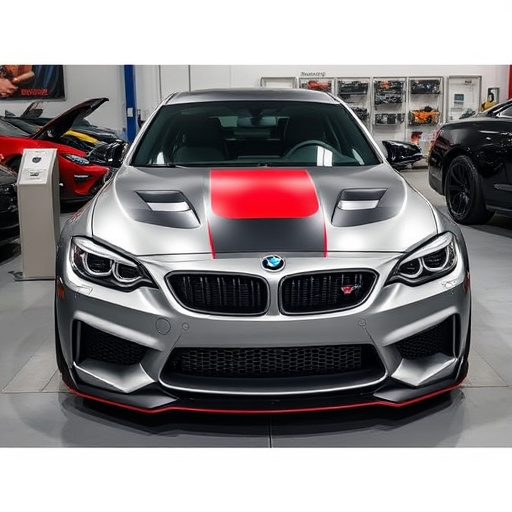
In the realm of car graphic design, incorporating motion and 3D effects can significantly elevate a design from ordinary to captivating. These techniques bring a static vehicle into life, allowing viewers to truly appreciate its aesthetic appeal. By animating logos or adding dynamic shadows, designers can draw attention to specific details, making the car stand out on the road or in digital displays. The use of 3D rendering techniques, such as lighting and material simulations, adds depth and realism, enhancing the overall visual impact.
This approach not only captures the essence of motion but also emphasizes the car’s sleek lines and aerodynamic shapes. Furthermore, integrating these effects with high-quality finishes or showcasing the intricate details of paint correction can create a powerful contrast between the digital graphic and the physical vehicle. Heat rejection technologies, though not directly visible, can also be highlighted through creative design choices, ensuring that the overall car graphic design is both aesthetically pleasing and technically innovative.
A truly standout car graphic design combines a solid understanding of core elements, strategic color usage, and innovative visual techniques. By leveraging visual hierarchy, incorporating motion, and exploring 3D effects, designers can create eye-catching designs that not only captivate but also effectively communicate the brand’s essence in the competitive automotive market. These principles ensure that car graphic design remains dynamic and engaging, leaving a lasting impression on viewers.
